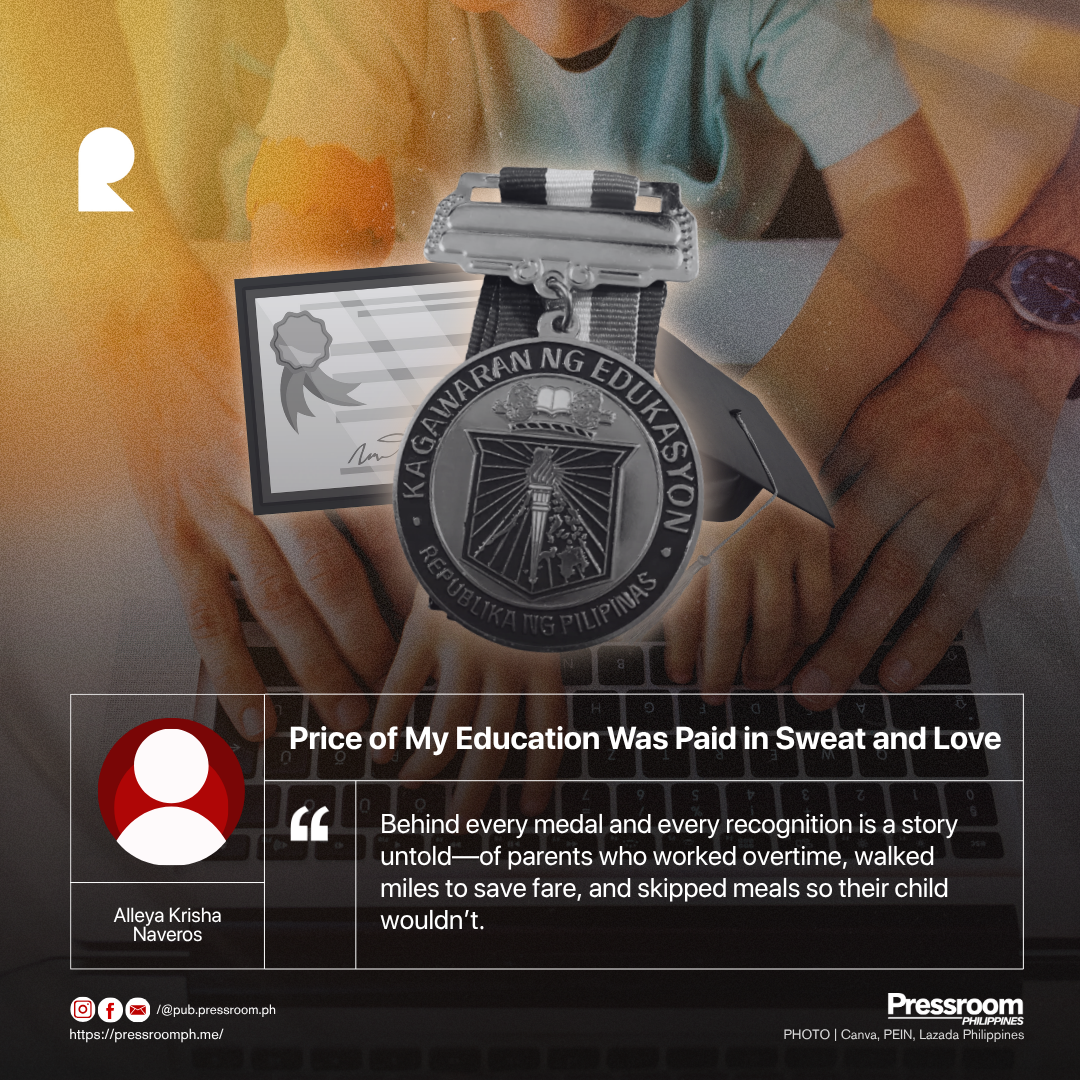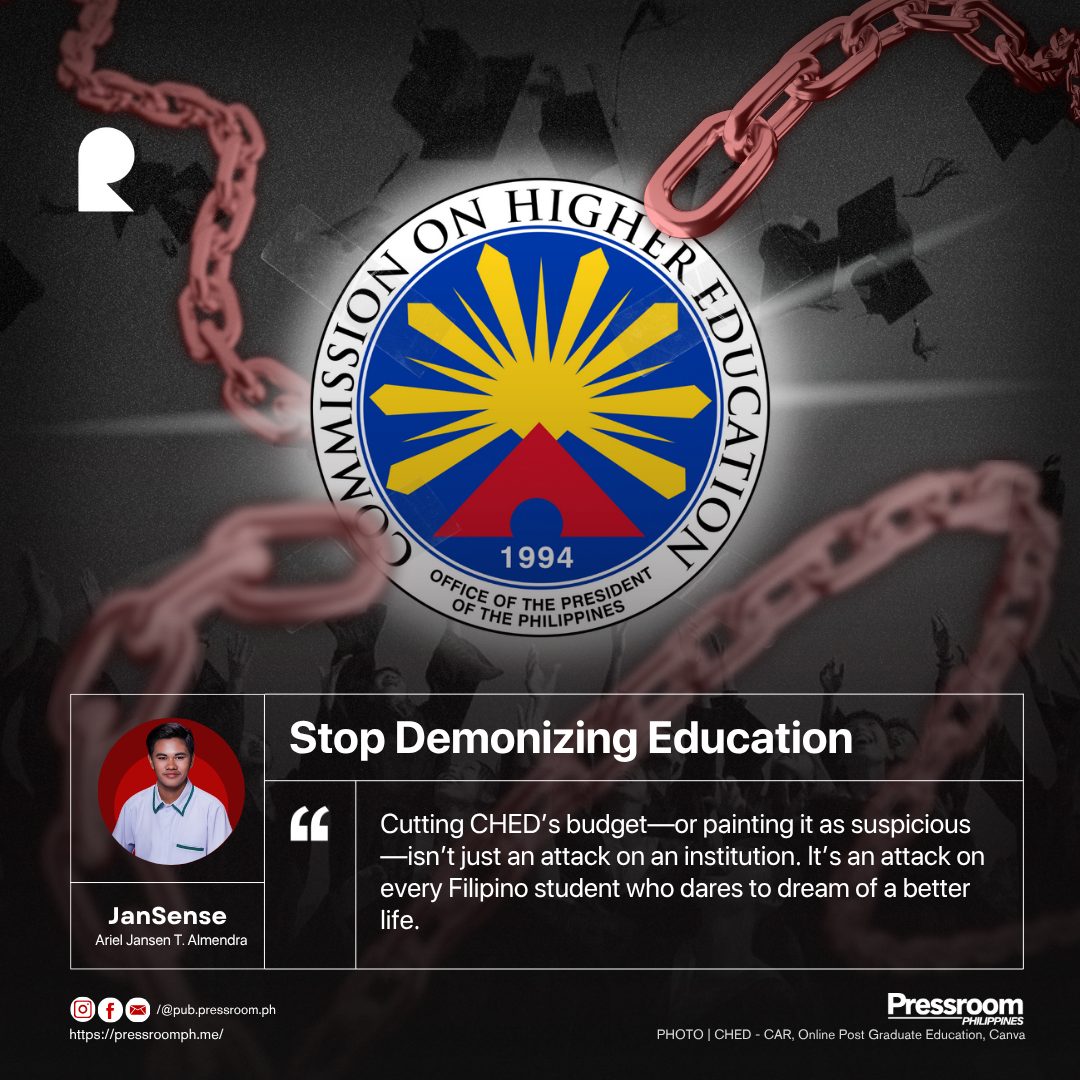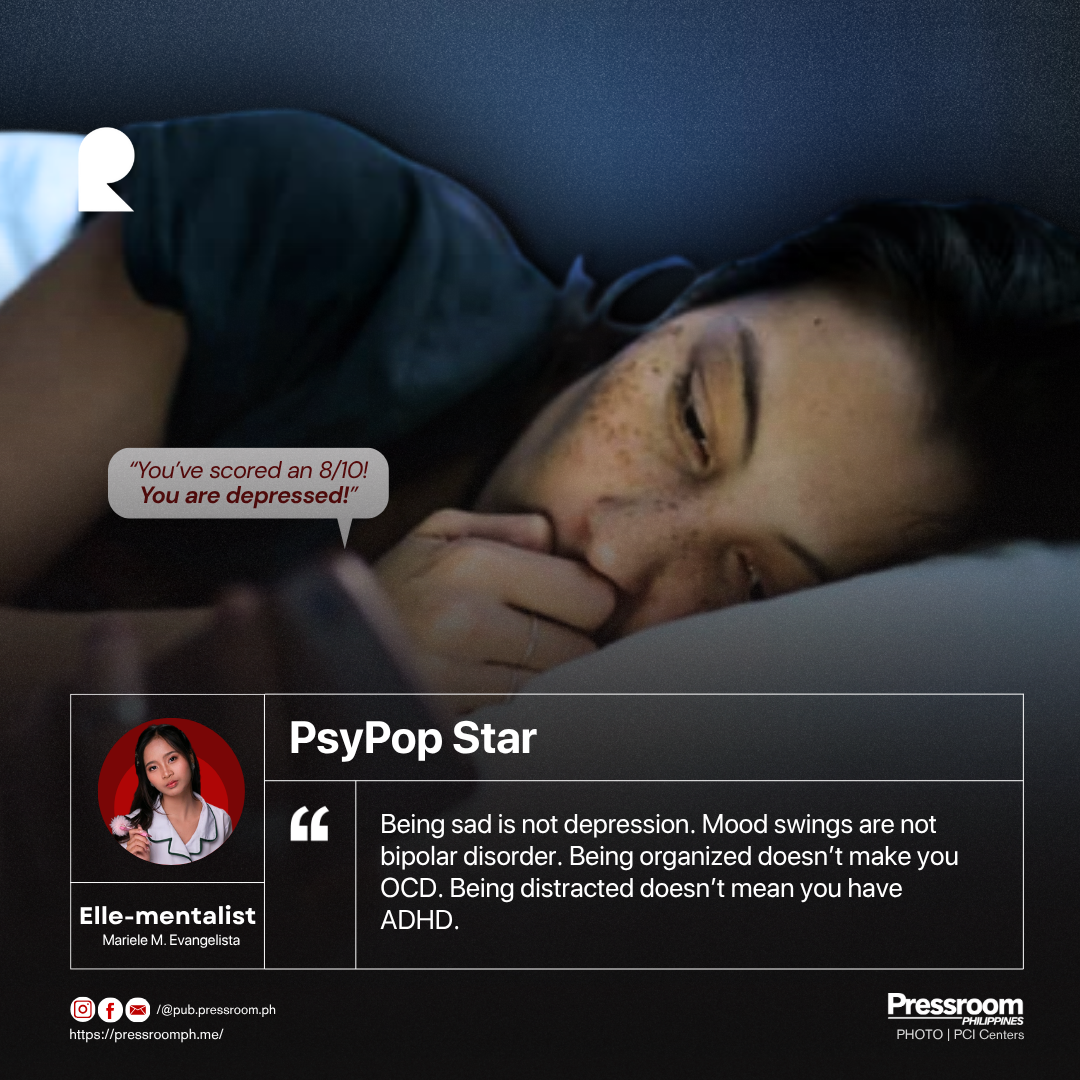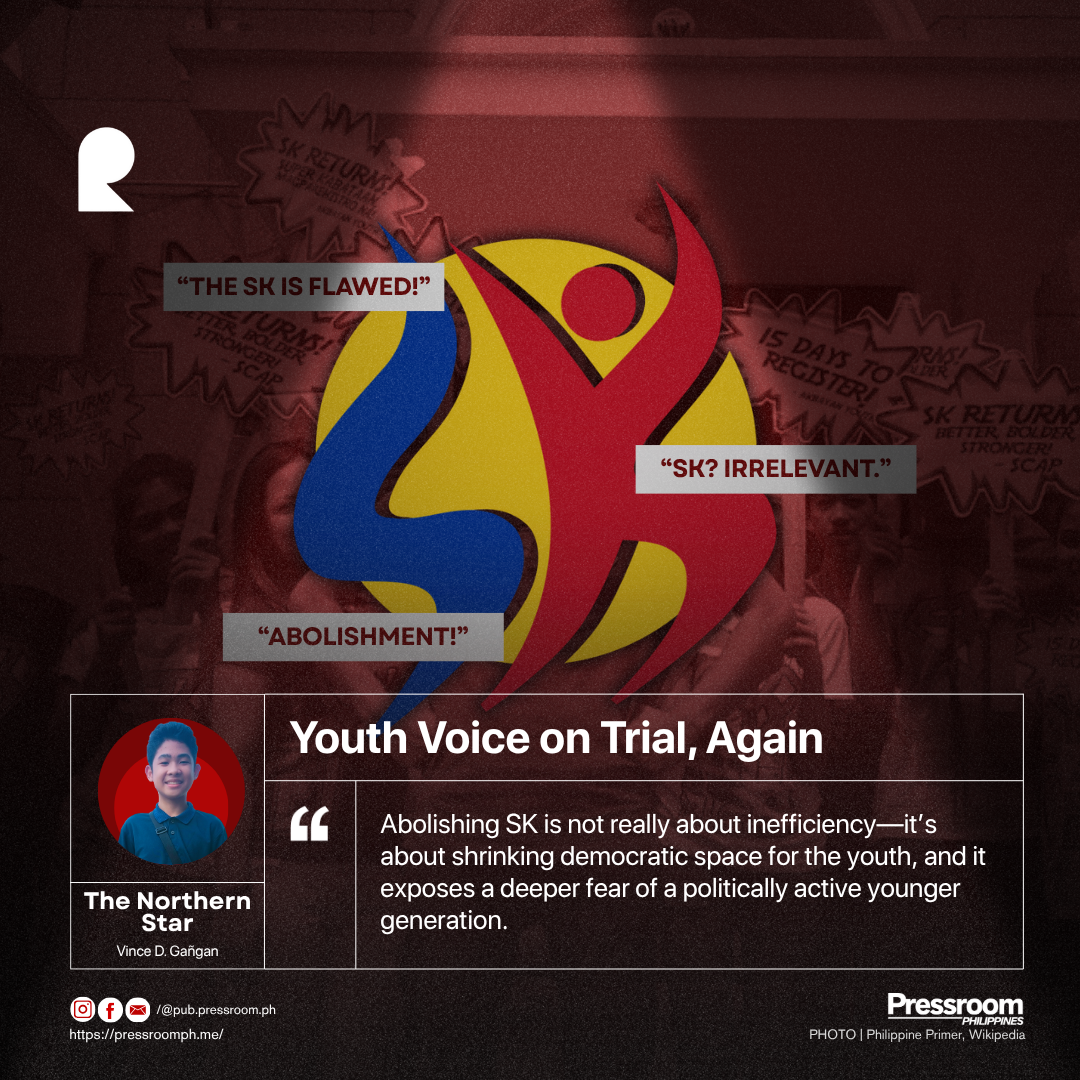𝘃𝗶𝗮 𝗥𝗼𝗺𝗲𝗹 𝗜𝘃𝗮𝗻 𝗦𝗮𝗹𝘃𝗮𝗱𝗼𝗿𝗮, 𝗣𝗿𝗲𝘀𝘀𝗿𝗼𝗼𝗺 𝗣𝗛
They say education is a right—one that should be guaranteed to all. But in this country, the word “right” increasingly feels conditional.
Education may be declared as free, accessible, and protected under our laws, but how much of it still belongs to the people when it is slowly being pulled away through annual budget cuts? When funds are slashed, when classrooms are left unfinished, when entire programs are frozen in paper—education begins to look less like a right and more like a qualifying privilege applicable for only the few.
The University of the Philippines (UP), long considered the country’s premier state university, reported to have faced a staggering P2.08 billion budget cut for 2025, the largest in more than two decades. This slash is primarily caused by the omission of crucial infrastructure and capital outlay projects—from building renovations to new construction—that are necessary for the university’s day-to-day operations. UP is not alone, unfortunately, Mindanao State University is set to receive the highest cut in 2025 totaling to P8.261 billion. While, across the country, state universities and colleges (SUCs) are expected to have lost a combined P14.4 billion in funding, from P128.231 billion in 2024 to P113.749 billion this year.
Out of 116 SUCs in the country, 28 higher education institutions (HEIs) have reported reductions in their overall budgets. According to Kabataan Partylist, 23 SUCs will experience operating‑budget cuts totaling P516 billion, while 55 SUCs will face capital‑outlay reductions amounting to P25 billion.
These numbers are more than mere figures on paper—every figure cut off also represents another student added to the ones left behind the gates of their dream schools. With less funding comes fewer facilities, fewer classrooms, and fewer slots for admission. It’s a domino effect that ultimately leads to fewer dreams actually becoming a reality.
The familiar saying “rejection is a redirection” often gets thrown around as consolation. But for us, it feels more of a resection of our ambitions instead. Students are stripped of the hope they once held: a better future for themselves and their families. Each budget cut carves away at the chances of young people who rely on public education as their only bridge out of poverty.
While dreaming remains free, we are slowly learning that pursuing it comes at a cost—a cost that too many of us are being asked to pay instead of being provided. Though tuition fees may be mostly subsidized under the Universal Access to Quality Tertiary Education Act, it does not cover the true weight students carry.
From underfunded facilities to unpaid teaching staff, from unaffordable boarding expenses to outdated equipment, it is becoming painfully clear that “free” education comes with a price tag attached to every corner of the experience. And lately, the idea of education being “free” is beginning to feel like a limited edition, handed to the lucky few who managed to squeeze through the gates that are getting tighter and tighter.
On June 19, we celebrated National Youth Day—a symbolic moment meant to recognize the promise and potential of the Filipino youth. But what is there to celebrate when the very same youth are being slashed off the list of hope?
What meaning does that day hold when thousands of students are quietly being denied the hope they need to dream? We honor the youth with one hand, but we take away their future with the other. And as we echo José Rizal’s adage that “the youth is the hope of the country,” we’re forced to ask—what kind of hope is this, when it’s only granted to a select few, while the rest are given the alternative: despair.
As we commemorate the youth, let us also acknowledge the reality they live in. Students studying by candlelight. Students borrowing tattered books. Classrooms where the chairs creak louder than the lectures, and buildings that exist more in blueprints than in reality.
Let’s not forget the students staring at a rejection email—not because they weren’t qualified, but because there simply wasn’t enough funding to let them in. We are the youth once called the country’s hope, yet we are kept out of reach of it.
For some of us—those whose names were never called, whose schools were never built, whose chances were replaced with apologies—we grieve what could have been and the dreams that died before we could even live it.
And as Avril Lavigne sings in "Nobody’s Home"— "Her feelings she hides, her dreams she can't find. She's losing her mind, she's fallen behind. She can't find her place, she's losing her faith. She's fallen from grace, she's all over the place."
These aren’t just lyrics from a song, to us, they're the silent thoughts of countless students across the country left to navigate a system that promises opportunity but delivers scarcity. Many begin to internalize the blame, questioning their worth instead of the system’s failure. So, when they say, “Education is a right,” in the Philippines? It’s probably more of a privilege to most.
.png)
.png)
.png)



